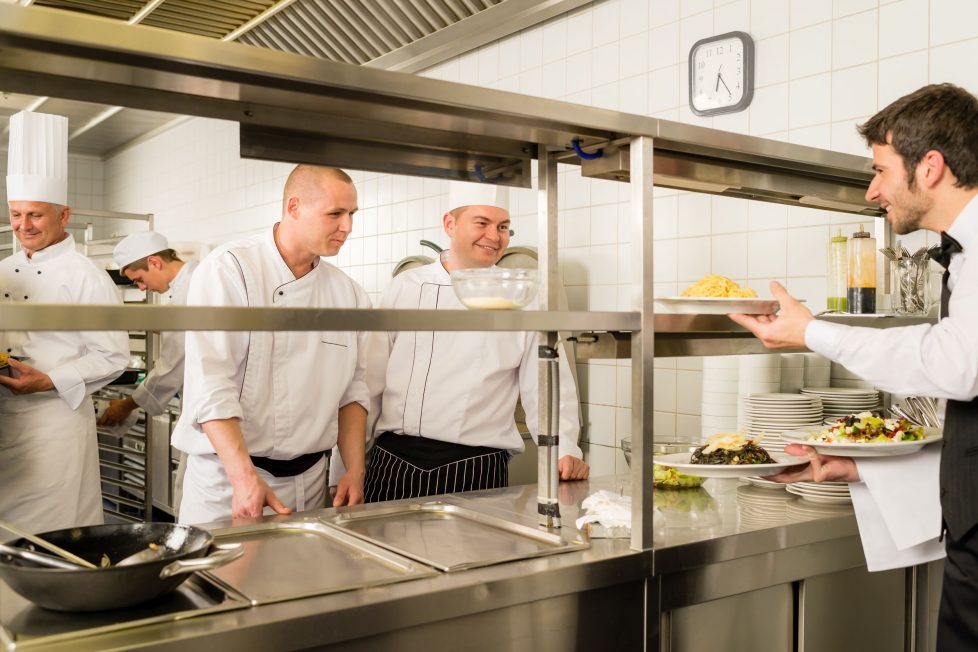Catered Affairs Require Careful Planning

If you have ever thought about running your own catering business, you need to be well prepared for the undertaking, if not well organised. Catering is a service-oriented business that demands that the caterer not only be punctual but be the kind of person who anticipates. Catering companies and hospitality-related businesses often turn to businesses, such as Pattersons, which offers a number of diverse products for its catering clientele.
When a catered event is being planned, it is important for the host to use a checklist of the items he will need to acquire before the scheduled event. He will need to firm up the date, time and location of the planned gathering first and establish a preliminary head count. This part of the process should take place 30 days prior to the celebration. A final menu selection should be determined a month before the event as well.
When the menu is established, it will be easier to secure the catering items needed for the party. Indeed, knowing what is being served and the type of beverages that will be provided can go a long way in securing the right equipment, cutlery, crockery, dinner plates and glassware. About 14 days before a catered event, the host again wants to take a head count and update the number of people who will be attending the affair. A guest list should be affirmed about 10 days before the event.
At many functions, if the host does not provide an updated head count to an event facility, the preliminary head count will be considered the guaranteed count. Therefore, if you are hosting such an event, you need to make sure that your count is sufficient for the amount of food that will be served.
Many first-time hosts do not realise that they need to share their vision of a floor plan to an event coordinator who is taking care of the accommodations for the scheduled party. If you are working with a facility that hosts catered events, it is imperative that you share your ideas for the seating and table arrangement with the event manager at the convention site or restaurant.

When a special event is planned, an emcee for the party typically asks that guests to be seated about 10 minutes prior to serving time. The catering staff should always be advised if serving time will be delayed. This is the time when all those catering necessities – glassware, trays, drink mixes, bar accessories, cutlery and serving dishes will be used and displayed. If you are hosting an event, it may be more advantageous to serve the food banquet style instead of individually.
Servers who do serve plates individually usually do so with the help of stainless steel stacked plate systems. Caterers like these stacked trays as they assist the server in making quick work out of the table serving process. Therefore, if you would prefer to have the food served at the table, this kind of system can save time and keep the food ready-to-serve.
Before the party, you will need to determine who will be sitting where and establish the table numbering. Table numbers are usually provided by caterers free of charge and are great aids in establishing seating arrangements for your party. Table signs can also be used to direct invitees to specific tables.
Will the gathering include libations or will you forego these kinds of drinks? You will also need to determine the drink menu if you will be serving alcohol at the proposed gathering.
In order to make the best decision, take into the account the preferences of the people who will be attending the event. You may even ask them what they prefer in entrees when you are sending out invitations to the scheduled affair.
If you plan the catered party in advance, you will be able to adequately meet the needs and requirements of the people who are attending your party. Planning marks the difference between success and disappointment of a scheduled celebration.
Probably the best way to stay focused when planning an event is to regard the needs of your scheduled guests first. Consider their preference first and foremost. Will you be holding a catered gathering for corporate executives or will you be planning a wedding reception or anniversary party? Will the event be planned to celebrate a birthday or is it being hosted as a recognition dinner for employees?
As you can see, the theme of an event plays a major role in what will be served for a meal and if the meal will be accompanied by drinks, music or entertainment. Once you establish a theme, you can more easily decide on a décor, food service and drinks.
Catered events are often held in the evenings. However, some of the gatherings are held during the morning or lunch hour. When breakfast meetings are hosted, the event usually lasts a shorter duration. Therefore, the host does not have to order as much food and can skip the alcohol. The same can be said, oftentimes, for catered events that are held during lunch. These events often feature a banquet meal that showcases salad, soup and sandwiches.
One of the pieces of equipment that is used frequently among caterers is an electric wet heat soup kettle. This type of banquet equipment is well received among the lunch crowd as the caterer can use several soup kettles to feed hungry guests.
When you schedule an event, the number of people who accept your invitation and the type of facility that will sponsor your party are important considerations, especially when you are retaining the services of an outside caterer. Make sure the catered affair meets the expectations of your invitees.
